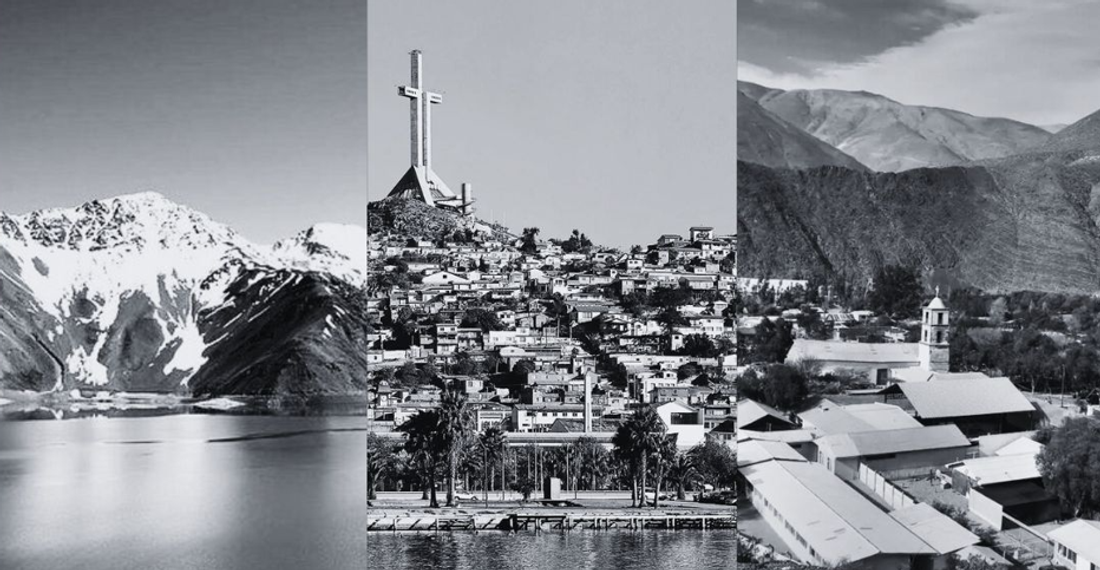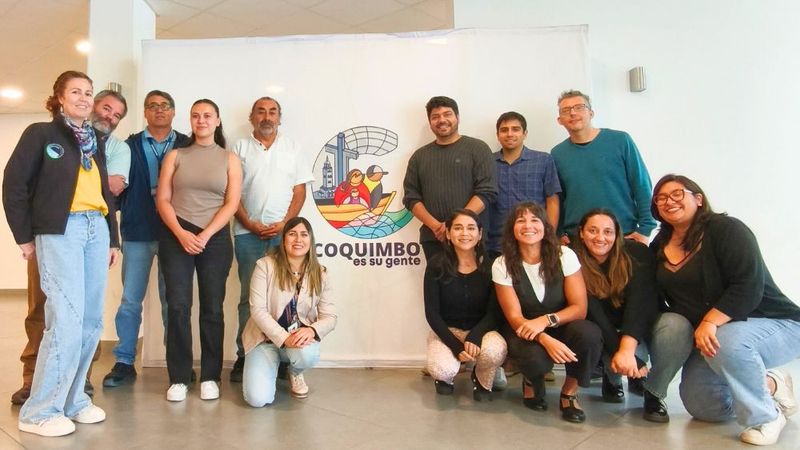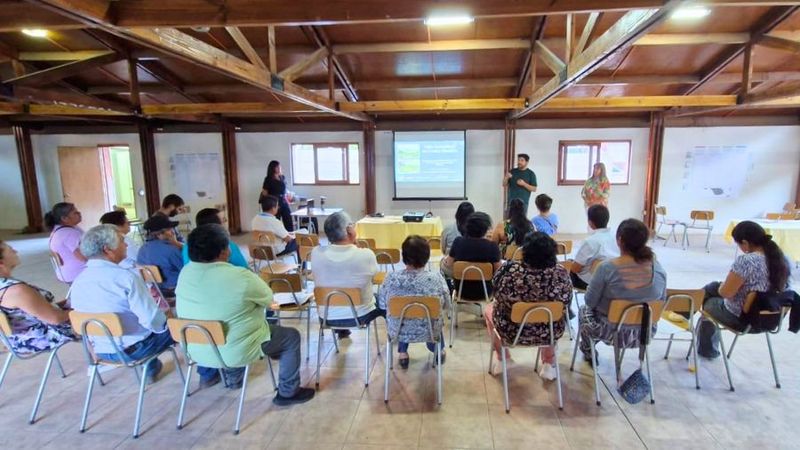Law to Local Action: Chile’s Climate Plans Take Root

Chile’s climate law is turning into community-driven action plans that protect homes, jobs, and ecosystems.
In Chile, climate change is not a distant threat — it’s already reshaping daily life. Melting glaciers put water systems at risk. Floods and landslides endanger mountain towns. Along more than 4,000 kilometers of coastline, storms and rising seas threaten homes and livelihoods. With its diverse ecosystems under strain, the country is racing to prepare.
In 2022, Chile passed a landmark Climate Change Framework Law, requiring every level of government to develop Climate Action Plans. The mandate is ambitious: create strategies that safeguard people, protect the environment, and reduce the nation’s carbon footprint. But turning law into local action requires resources, technical know-how, and above all, community trust. While the national and regional governments have resources to carry out climate planning, municipality level governments often lack both funding and expertise — even though climate risks to communities are most effectively addressed from the local level.
In the municipalities of San José de Maipo, Coquimbo, and Alto del Carmen, researchers and experts from the National Center for Disaster Preparedness, the Climate School, the Graduate School of Architecture, Planning and Preservation, the University of Chile, and ITREND are working with municipalities to design climate action plans tailored to local needs — with support from Columbia World Projects and Columbia Global Center Santiago.

A Dual Focus: Planning and People
The project set out two goals. First, to strengthen municipal planning by providing tools for funding, monitoring, prioritizing climate actions, and integrating disaster risk management. Second, to ensure that residents were not just consulted, but central to planning.
Workshops, surveys, and participatory risk mapping brought local voices to the table — farmers who depend on glacial melt, families facing flood risks, and coastal residents preparing for storms. Their input has shaped municipal priorities and grounded planning in lived reality.

Impact to Date
- 20+ participatory workshops held with communities and planning teams.
- 8 planning methods and tools developed to guide climate action plans in other municipalities (to be published in November as open resources).
- Three municipalities with stronger planning capacity and climate action plans under development.
- San José de Maipo has already approved its Municipal Climate Action Plan — a milestone for local resilience.
From Plans to Protections
These plans aren’t just documents. They are roadmaps to safeguard homes, jobs, and ecosystems. In places like Alto del Carmen, they can mean protecting water sources for farming. In Coquimbo, they might involve preparing coastal infrastructure for storms. In San José de Maipo, they could help reduce the risk of floods and landslides that threaten entire neighborhoods.
With new methodologies soon available for use across the country, this effort offers lessons far beyond Chile: how to bridge national climate goals with local action, and how to build resilience with communities at the center.